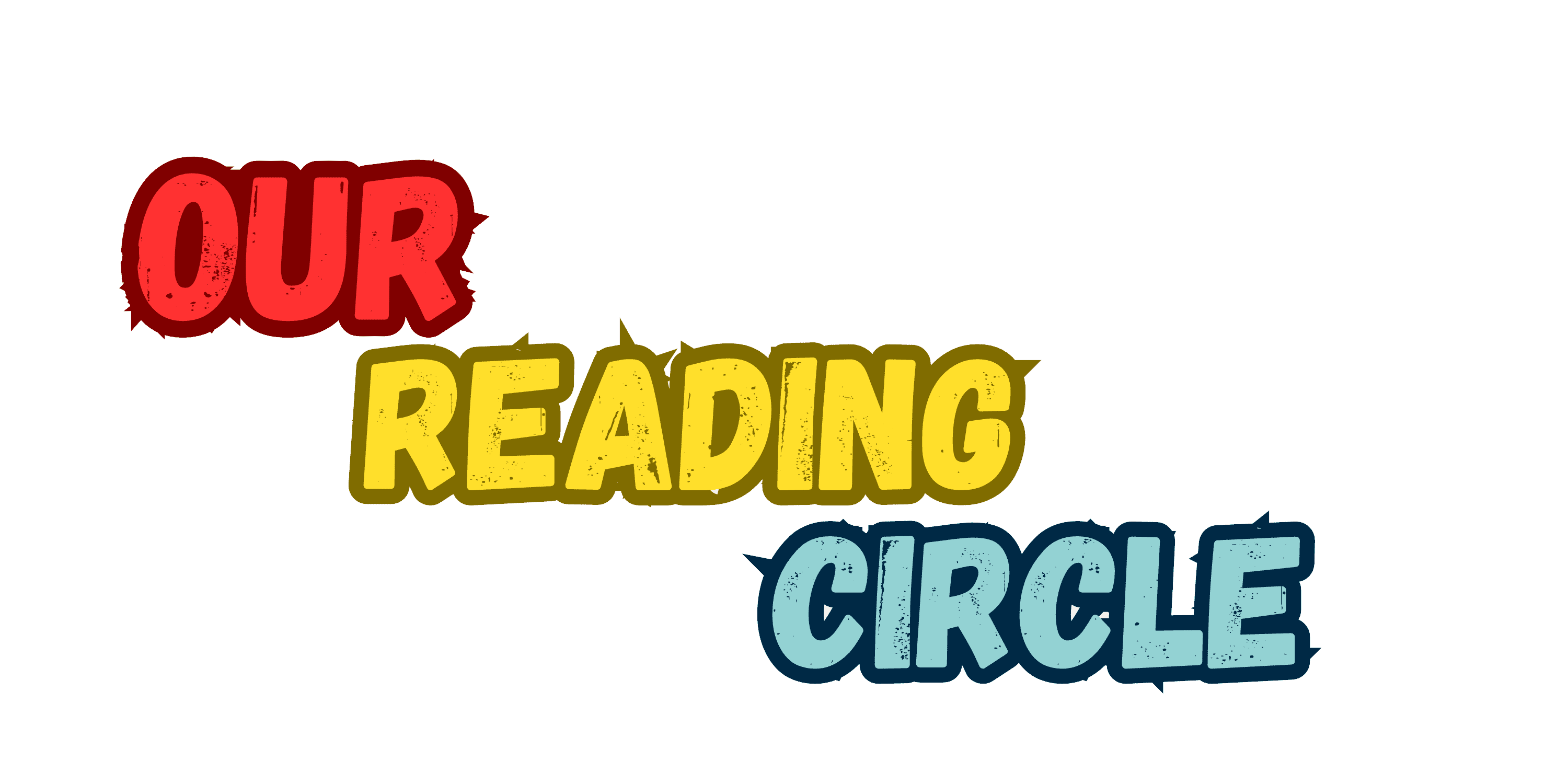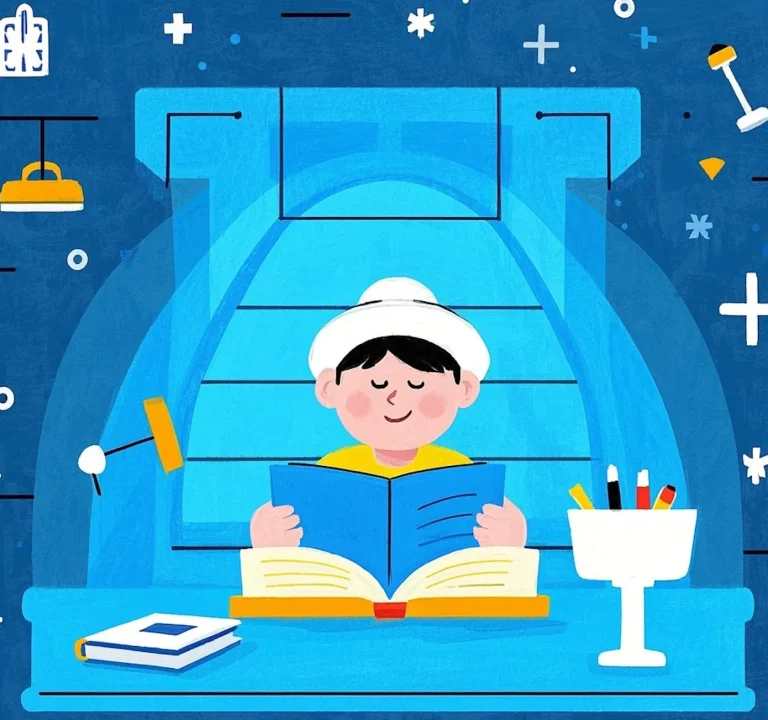Our Reading Circle - Lets Learn, Wonder and Dream!
How to Read Aloud in PTE

My Top Tips for Reading Aloud to Pre-Schoolers
As a mother of a rambunctious 5-year-old, I’ve spent countless hours reading aloud to my little one. What began as a simple bedtime ritual has blossomed into a beloved daily tradition, one that has not only nurtured my child’s love of books but also strengthened our bond in profound ways.
You see, reading aloud to pre-schoolers is no ordinary task. It’s a magical art form that has the power to transport young minds to enchanting realms, introduce them to diverse characters and cultures, and instill valuable life lessons. When done with intention and creativity, the simple act of reading a story can ignite imagination, build crucial literacy skills, and cultivate a lifelong appreciation for the written word.

Over the years, I’ve learned a thing or two about the art of captivating listeners. From dynamic vocal expression to strategic pacing, there’s a unique set of techniques that can elevate your read-aloud sessions and leave your young audience spellbound. In this article, I’m excited to share my top tips to help you unlock the full potential of this rewarding practice.
Set the Stage for Success
Before you even crack open the book, it’s important to establish an engaging environment for your read-aloud. Begin by choosing a cozy, distraction-free space where you and your little one can comfortably gather. Arrange plush pillows or a cozy reading rug to encourage a sense of intimacy and focused attention.
Next, consider the book selection itself. Opt for vibrant, age-appropriate picture books with captivating illustrations and narratives that will resonate with your pre-school listener. Familiarize yourself with the story ahead of time, taking note of any unfamiliar vocabulary, rhythmic patterns, or dramatic moments that will require special attention.

Bring the Story to Life
As you commence the read-aloud, let your passion for the story shine through. Use animated facial expressions, varied vocal inflections, and strategic hand gestures to bring the characters and events to life. Don’t be afraid to embody different personas, altering your tone and pace to suit each speaking role.
Pause at key moments to allow your little listener to absorb the details and make connections to their own experiences. Ask thought-provoking questions that encourage them to predict what might happen next or share their personal reactions to the unfolding narrative.
Incorporate Interactive Elements
To truly engage your audience, infuse your read-aloud with interactive elements that invite their participation. For instance, you might encourage your child to join in the repetition of a catchy refrain or mimic the sounds of animals or vehicles featured in the story.
Another effective strategy is to incorporate movement and gestures that align with the book’s content. If the main character is hopping like a rabbit, invite your little one to hop along with you. This not only bolsters their physical engagement but also reinforces important comprehension skills.
Additionally, consider pausing at strategic moments to ask open-ended questions that prompt your child to share their observations, inferences, and personal connections. This not only deepens their understanding of the story but also validates their unique perspectives and ideas.

Cultivate a Sense of Wonder
One of the most powerful aspects of reading aloud is the ability to instill a sense of wonder and curiosity within your listener. As you read, be mindful of opportunities to spark their imagination and foster a love of learning.
For instance, you might pause to examine an intriguing illustration in detail, inviting your child to describe what they see and imagine what might be happening beyond the page. Or, you could introduce a new vocabulary word and encourage them to guess its meaning based on the context clues.
By embracing a spirit of playful exploration and intellectual curiosity, you’ll not only captivate your young listener but also lay the foundation for a lifelong appreciation of the written word.
Embrace the Unexpected
Despite your best-laid plans, reading aloud to pre-schoolers often involves a healthy dose of spontaneity and flexibility. Be prepared to adapt to the ebb and flow of your child’s attention span, energy level, and interests.
If you notice fidgeting or waning focus, consider incorporating a quick physical activity or sensory break to re-energize the moment. Alternatively, if your little one seems particularly engaged with a certain aspect of the story, don’t hesitate to linger and delve deeper into their questions and observations.
Remember, the true magic of reading aloud lies in the connections and shared experiences you create with your young listener. Embrace the unexpected and cherish the opportunity to learn and grow alongside your child.

Closing Thoughts
Reading aloud is a profound privilege and responsibility. By harnessing the power of storytelling, you have the ability to ignite imaginations, foster cognitive development, and cultivate a deep, abiding love of books.
End-words
As you embark on your read-aloud adventures, remember to approach each session with enthusiasm, creativity, and a genuine desire to connect with your young listener. With practice and a willingness to adapt, you’ll soon find yourself captivating pre-schoolers with the sheer magic of the written word.



